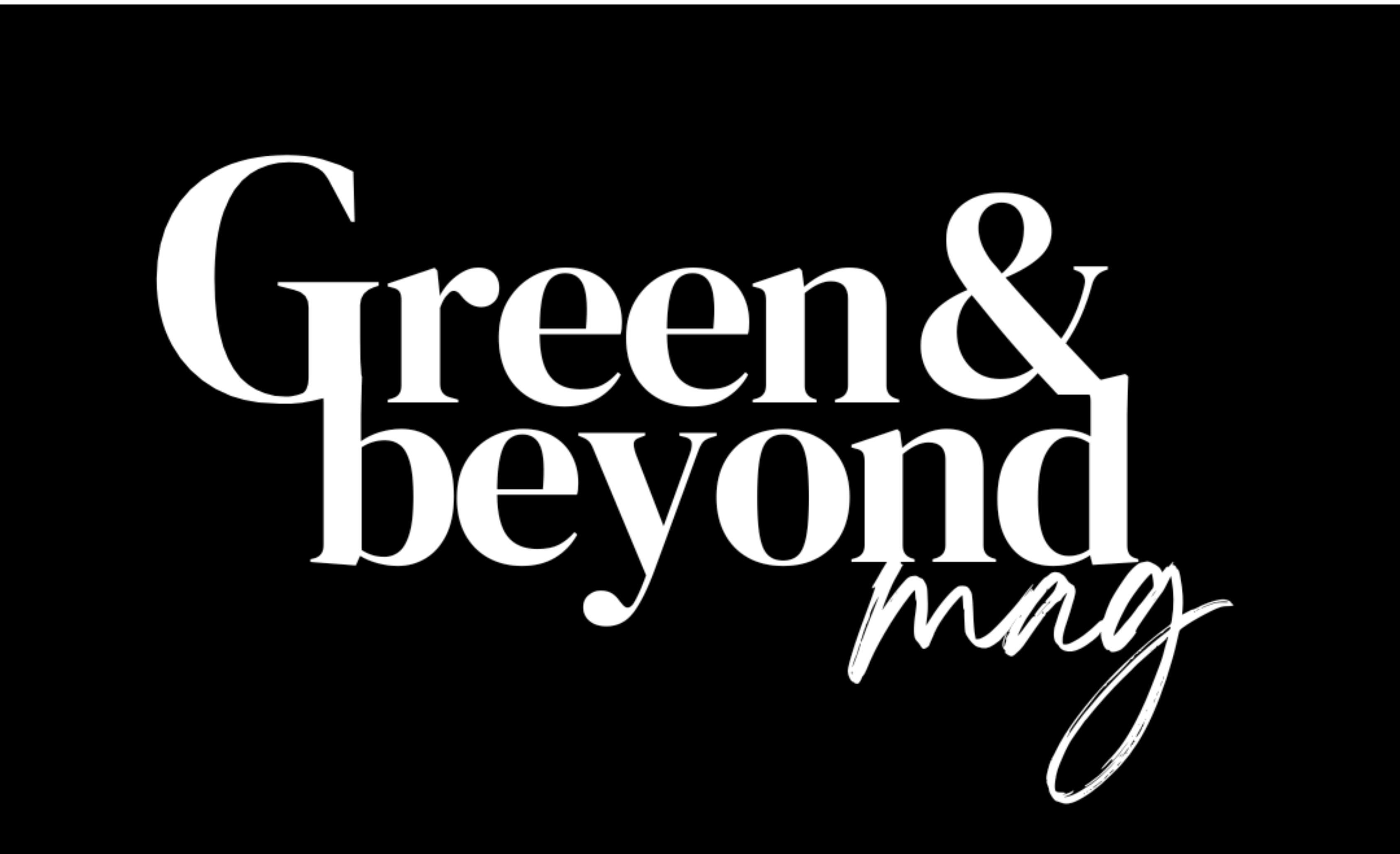Picture this: You’re scrolling through your phone, hypnotized by a new trendy outfit or the latest gadget. You double-tap, a heart fluttering on the screen. But have you ever stopped to think about the ripple effect of those seemingly harmless actions? Our everyday choices, from the clothes we wear to the food we eat, cast a long shadow beyond the glow of our screens. This shadow, unfortunately, isn’t painted with sunshine and rainbows; it’s often formed by the harsh lines of exploitation, environmental harm, and injustice. In our daily lives, we often overlook the profound interconnections between our choices and the broader issue of climate justice. The phrase “climate justice” extends beyond the conventional discourse of carbon footprints and sea level rise; it’s about the ethical, social, and environmental implications of our lifestyle decisions.
Understanding Climate Justice

Climate change isn’t just about rising sea levels and melting glaciers; it’s about the systemic inequalities and injustices that leave certain communities disproportionately vulnerable to its impacts. The exploitation of workers in developing countries, the unsustainable practices that harm ecosystems, and the unequal access to resources – all of these are components of the world of climate injustice.
But here’s the good news: you, yes you, hold the power to unravel these threads and reweave a more just and sustainable future.

Climate justice requires us to acknowledge the impact of our actions on a global scale. It’s not merely an abstract concept but a reality deeply connected to our daily habits and consumption patterns. Our choices, whether related to food, transportation, energy, or even entertainment, contribute to the environmental footprints that shape the world we live in.
While systemic change is crucial, empowering individuals to recognize and alter their contributions to environmental challenges is equally vital. By understanding how our daily actions align with or contradict the principles of climate justice, we become advocates for positive change. This acknowledgment of individual responsibility is a catalyst for broader systemic transformations.
Traditionally, climate action has centered on reducing individual carbon footprints. However, the scope of climate justice encompasses far more. It delves into the broader social and environmental impacts of our lifestyle choices. Consider ethical sourcing in the fashion industry, fair labor practices, and strategies to reduce food waste; all these elements are interconnected with climate justice.
Connecting the Global to the Personal
Do you know the story of Máxima Acuña? More importantly, did you know that gold is used even in our smartphones and computers? It is not always easy to trace the gold where it is coming from due to the complexity of supply chains. If for a second, we consider a worst-case scenario, the gold in our devices might have come from places where unethical practices of mining are present. Unsafe working conditions, child labor, and affecting the local communities and environment – all might be components of the mines from where the golds of our devices came.
So now comes the story of Máxima Acuña. Máxima is an indigenous leader from Peru, who stood strong against the encroachment of a gold mining company onto her community’s land. This land holds immense cultural and ecological significance, but the mining threatens water sources, biodiversity, and the traditional way of life for Máxima’s community. Despite facing intimidation and violence, Máxima became a global symbol of resistance against extractive industries and the fight for indigenous rights and environmental protection. Her story underscores the devastating impacts of unsustainable resource extraction on vulnerable communities and ecosystems worldwide.
And it is not just about gold and our devices….
Consider your smartphone, nestled comfortably in your hand. Its journey might have begun in a Congolese mine, where cobalt, a crucial mineral for lithium-ion batteries, is extracted using force and harmful practices that endanger the health and livelihood of local communities, contributing to deforestation and the destruction of crops and homes of the locals. The discarded e-waste it becomes could end up in landfills like Agbogbloshie in Ghana, releasing toxic chemicals like lead and mercury. This pollution impacts the health of the workers and residents of nearby areas causing respiratory illnesses, skin diseases, eye infections, and even cancer.

The trendy outfit you bought for a steal online might have been stitched together in a sweatshop in Bangladesh, where garment workers, predominantly women, endure long hours, unsafe working conditions, and meager wages that barely cover basic needs. Shockingly, a 2019 report found that 0% of Bangladeshi garment workers and 1% of Vietnamese garment workers earned a living wage. Meanwhile, the textile industry is a major polluter, contributing 20% of global wastewater and accounting for 8-10% of global greenhouse gas emissions, leaving its mark on ecosystems and contributing to climate change.

And that delicious avocado toast? Its creamy goodness could come at the expense of water-stressed regions like California, where drought conditions have left communities struggling to access this vital resource. Additionally, avocado production in Mexico can involve deforestation, displacing indigenous communities who have stewarded these lands for generations and threatening biodiversity hotspots crucial for maintaining ecological balance.
The reason for this discussion is not to make you go through a guilt trip but to help you understand the simplicity of the fact that our lifestyles have a crucial relationship with climate justice.
Intersecting Threads: Where Climate Justice Meets Broader Struggles
The branches of climate justice reach far and wide, deeply bound to social, environmental, and economic concerns. To truly understand the fight for a sustainable future, we must explore its intersections with other critical struggles, and acknowledge the role our daily choices play in reinforcing or unraveling these interconnected issues.
Climate Justice and Racial Justice:
A 2021 study published in Nature Communications found that people of color in the United States are 3.7 times more likely to live near an industrial polluter than white residents, highlighting the unequal burden of environmental hazards. This disparity isn’t simply a coincidence; it’s often rooted in historical policies like redlining, which denied communities of color access to mortgages and investments, concentrating them in areas with higher pollution levels.

Climate Justice and Gender Equality:
Women and girls are often disproportionately affected by climate change due to their roles in water collection, food production, and childcare. Additionally, they may lack access to resources and decision-making power during climate disasters. Indigenous women play a crucial role in safeguarding biodiversity and traditional ecological knowledge, yet their voices are often marginalized in climate discussions. Recognizing and amplifying their leadership is essential for achieving climate justice.

Climate Justice and Indigenous Rights:
Indigenous communities steward vast areas of the world’s most biodiverse lands, playing a vital role in mitigating climate change. However, they face threats like deforestation and resource extraction on their territories, impacting their livelihoods and cultural heritage. The UN Declaration on the Rights of Indigenous Peoples affirms their right to self-determination and participation in decision-making processes affecting their lands and resources. Respecting these rights is crucial for achieving climate justice and upholding indigenous sovereignty.

Now, instead of feeling overwhelmed, remember – you have the power to rewrite this narrative.
Empowering Change: Making Your Daily Choices Count for Climate Justice
Every action, big or small, contributes to the world of climate justice. This guide equips you with concrete steps across various aspects of your life, along with inspiring success stories and resources to support your journey:
Food:
- Embrace mindful consumption: Fight food waste by planning meals, composting leftovers, and supporting local farmers. Apps like Too Good To Go connect you with discounted food nearing its expiration date, while Food for Soul helps you donate unused food to those in need.
- Choose plant-based options: Enjoy meatless meals more often to reduce your carbon footprint. Explore delicious recipes and discover the vibrant world of plant-based cuisine with resources like Forks Over Knives.
- Prioritize whole, unprocessed foods: Opt for locally sourced fruits, vegetables, and whole grains for a healthier you and a healthier planet. Look for certifications like USDA Organic or Fairtrade to ensure responsible sourcing practices.

Fashion:
- Embrace slow fashion: Buy less, buy quality, and invest in timeless pieces that last. Explore vintage shops, clothing swaps, and ethical brands committed to sustainability and fair labor practices. Good On You app rates brands based on their environmental and social impact, making informed choices easier.
- Extend the life of your clothes: Repair, mend, and upcycle existing garments before buying new ones. Learn basic sewing skills or support local tailors. Organizations like Mend for Good offer workshops and resources for clothing repair.
- Choose natural materials: Opt for clothing made from organic cotton, hemp, or linen, which have lower environmental impact compared to synthetic fibers. Certifications like Global Organic Textile Standard (GOTS) can guide your choices.

Transportation:
- Walk, bike, or use public transport whenever possible: Reduce your reliance on cars and enjoy the health and environmental benefits of active travel. Explore bike-sharing programs like Capital Bikeshare in Washington D.C. or Divvy Bikes in Chicago, and advocate for improved public transportation infrastructure in your city.
- Carpool or choose fuel-efficient options: If driving is unavoidable, share rides with others or consider electric vehicles when feasible. The PlugShare app helps you find charging stations near you, and many carpooling apps connect you with potential carpool partners.

Technology:
- Reduce your digital footprint: Declutter your inbox, unsubscribe from unnecessary emails, and utilize cloud storage efficiently. Choose energy-efficient devices and extend their lifespan with proper care. Initiatives like The Green Web Foundation work on reducing the environmental impact of the internet.
- Support sustainable tech companies: Look for brands committed to responsible sourcing, ethical manufacturing, and e-waste recycling. Companies like Fairphone and SHIFT Phones prioritize sustainability in their practices.
- Energy: Opt for renewable energy sources at home, conserve energy through mindful usage, and invest in energy-efficient appliances. Look into community solar programs or ENERGY STAR-certified appliances for sustainable options.

Be an Advocate for Change:
- Raise awareness: Share information about unsustainable practices, unfair labor, and climate justice issues on social media and within your networks. Support organizations working for systemic change in these areas, amplifying their voices and raising awareness of the issues.
- Demand transparency: Hold brands and corporations accountable by choosing companies committed to ethical sourcing, fair labor practices, and sustainable practices. Write to them, engage in social media campaigns, and support initiatives demanding transparency and accountability.
- Support policy change: Advocate for policies that promote fair trade, environmental protection, and sustainable practices. Contact your elected officials, participate in public hearings, and join organizations working to create a more just and sustainable world.
Throughout your journey, explore additional resources, engage with communities working towards climate justice like 350.org or The Sunrise Movement, and share your experiences to inspire others.
Also, here’s a resource to help you convince your friends and family to live more sustainably.
Building a Symphony of Justice and Sustainability

The fight for climate justice isn’t a solo performance; it’s a harmonious symphony where countless instruments play their part. Each social justice movement, each community on the frontlines, each individual choosing sustainable practices contributes a unique melody to the overall composition. Recognizing these diverse voices and their interconnectedness is crucial to composing a future where justice and sustainability resonate in perfect harmony.
The score may seem complex, the challenges daunting, but remember: even the most powerful symphonies begin with a single note. Every act of solidarity, every voice raised in awareness, every mindful choice you make adds to the crescendo of positive change. We have the power to demand accountability from corporations and governments, to amplify the voices of marginalized groups, and to empower ourselves and others with knowledge and action.
Remember, change starts with small actions, but the impact can be significant. By making conscious choices, demanding transparency, advocating for change, and supporting sustainable alternatives, we can rewrite the story of our consumption habits, weaving a brighter future where technology empowers, fashion respects, and food sustains. Let’s choose collaboration over discord, hope over despair, and action over inaction. Let’s learn from the wisdom of indigenous communities, celebrate the leadership of women and marginalized groups, and hold ourselves and others accountable for building a just and sustainable future. Together, we can create a symphony of hope, note by powerful note, where every instrument contributes to a world where all beings thrive in harmony.
Shoummo is an impact creative, writer, and an engineer. Having worked as a writer for over 8 years, he found true purpose in writing to bring climate change, sustainability, and climate optimism to light. He is an official member of Creatives For Climate and a Global Ambassador at Slow Fashion Movement.








